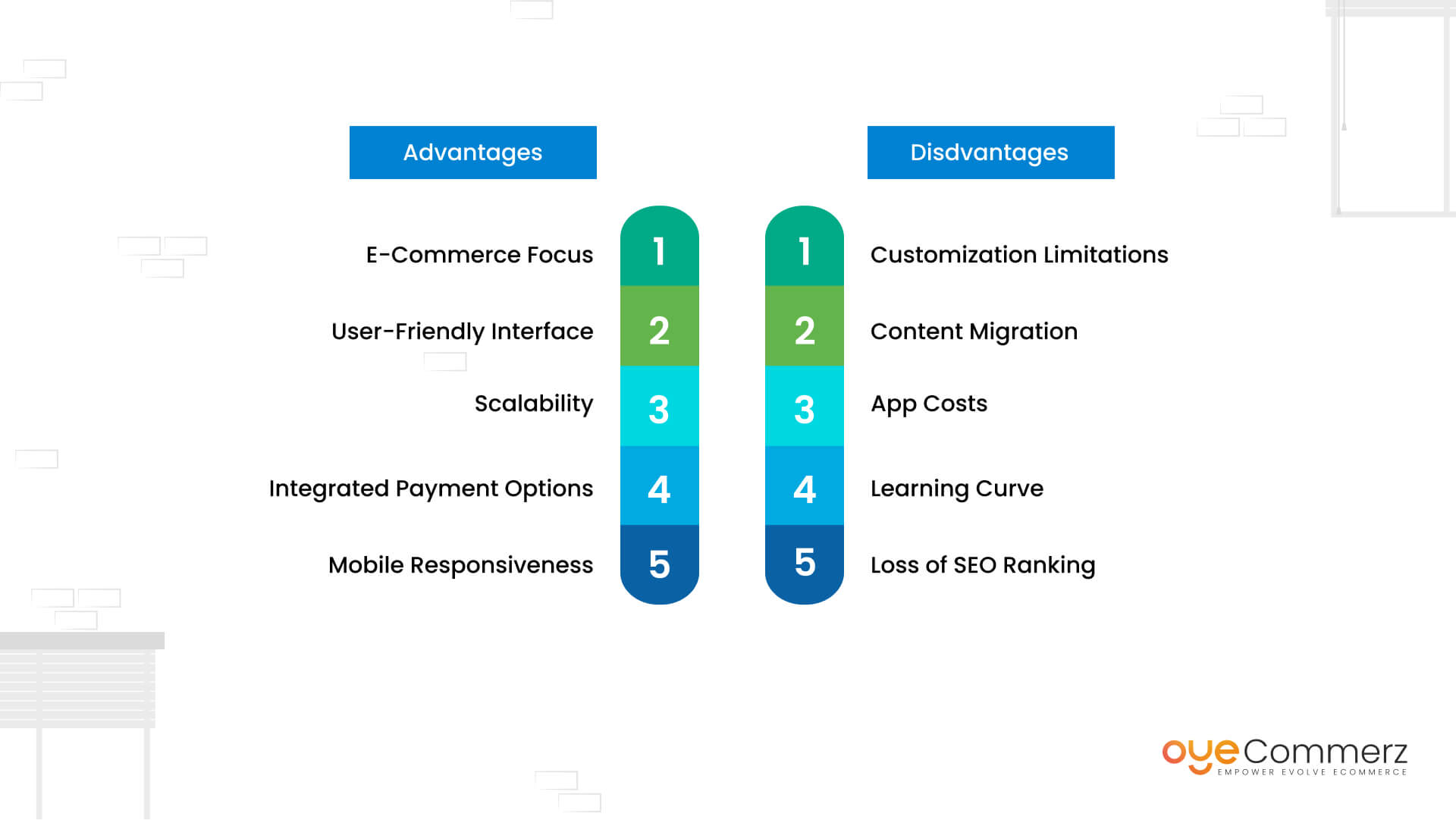Transitioning from WordPress to Shopify marks an promising step toward streamlining your online store processes. As companies grow, selecting a platform that supports growth potential, UX, and customization becomes crucial. Shopify has emerged as a preferred choice for online merchants, offering superior flexibility, security, and user-friendliness. In this guide, we’ll explore why this migration is a game-changer, highlight the benefits, and provide practical tips to ensure a seamless transition.
1. Why Migrate from WordPress to Shopify?
The combination of WordPress and WooCommerce, has served countless e-commerce platforms. However, as companies expand, challenges like reliance on plugins, data risks, and complex setups often obstruct progress. Shopify, designed explicitly for e-commerce, addresses these issues with an comprehensive, user-friendly platform. Statistics supports this shift—Shopify powers over 4.4 million stores globally, with a documented 10% increase in sales conversion rates for many businesses post-switch.
2. Key Benefits of Shopify for E-commerce Success
Shopify’s robust ecosystem is tailored for expanding brands. Its notable benefits are:
- Effortless Design Flexibility: Shopify provides over 80 professionally designed themes.
- Built-in Features: Capabilities such as Shopify Payments and built-in SEO save time and effort.
- International Expansion: Multi-currency support and localization features enable businesses to expand internationally.
Additionally, Shopify delivers an availability percentage of 99.98%, ensuring your store remains accessible.
3. Getting Ready for Your WP-to-Shopify Transition
Prior to starting the migration process, assess your existing setup. Review product data, customer details, and search engine rankings. Resources such as Shopify’s Migration Kit or third-party solutions can simplify this process. Develop a detailed strategy, ensuring all assets—item details, media files, and articles—are optimized for transfer.
4. The Importance of Accurate Data Migration
Transferring your data is a cornerstone of a successful platform switch. When moving from WP to Shopify, focus on:
- Product Information: SKU, descriptions, and categories.
- Client Information: Emails, purchase records, and custom fields.
- Search Engine Considerations: Preserve meta tags, URLs, and redirects to avoid SEO losses.
Use tools such as LitExtension to facilitate seamless migration while reducing mistakes.
5. Customizing Your Shopify Store
Post-migration, customizing your Shopify store ensures it reflects your business identity. Take advantage of Shopify’s intuitive page builder to create layouts with ease. Shopify's templates are optimized for all devices, providing a seamless UX across platforms—a key point, since 74% of online shopping is generated by mobile visitors.
6. How to Protect Your SEO Rankings When Switching Platforms
Search engine optimization is crucial for maintaining your visibility during migration. Shopify is highly optimized for search engines with clean URL structures, built-in optimization tools, and seamless blog integration. Make sure you:
- Set up URL forwarding for existing links.
- Enhance updated content Data migration to Shopify with keyword-rich content.
- Use Shopify's apps Plug in SEO to monitor performance post-migration.
7. Essential Tests After Migrating to Shopify
After finishing the transfer, conduct thorough testing.
Review: - Page load times (Shopify delivers faster speeds compared to WordPress).
- Functionality of payment gateways and checkout processes.
- Mobile responsiveness.
Testing ensures your store delivers a smooth shopping journey from the start.
8. Real-Life Success Story
One such migration success story is Gymshark, a fitness apparel brand that moved to Shopify. After the switch, the company experienced a 60% boost in mobile sales and reduced site downtime. This showcases the capabilities of Shopify in enhancing e-commerce growth.
9. Challenges and Solutions
Migration is not without obstacles, such as information accuracy and reconfiguring custom functionalities. However, Shopify’s extensive assistance and external professionals make overcoming these hurdles manageable. Partnering with qualified Shopify Shopify API integration developers ensures a smooth transition.
10. Making the Switch: The First Step Toward Success
Switching from WP to Shopify represents a forward-thinking decision to e-commerce. By addressing scalability, streamlining operations, and improving buyer satisfaction, Shopify empowers businesses to thrive in challenging industries.
Conclusion
Switching from WP to Shopify is a strategic move that can significantly boost your e-commerce success. With a well-structured strategy, the right tools, and professional guidance, you can achieve new growth opportunities.
Ready to make the leap? Reach out today to learn how our Shopify migration services can revolutionize your online store. Contact us now, or ask yourself: Is it time to seize Shopify’s advantages for your store?
